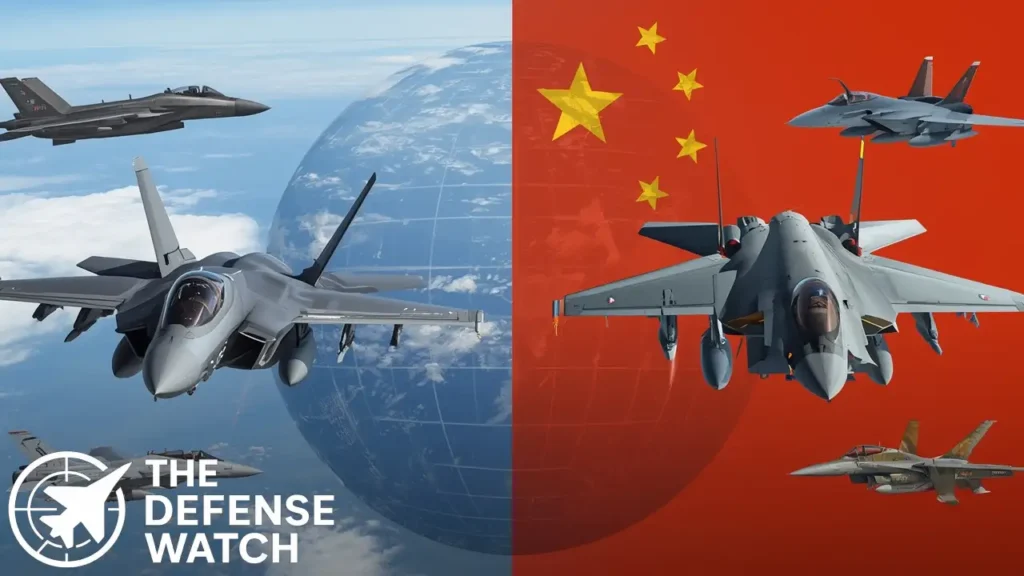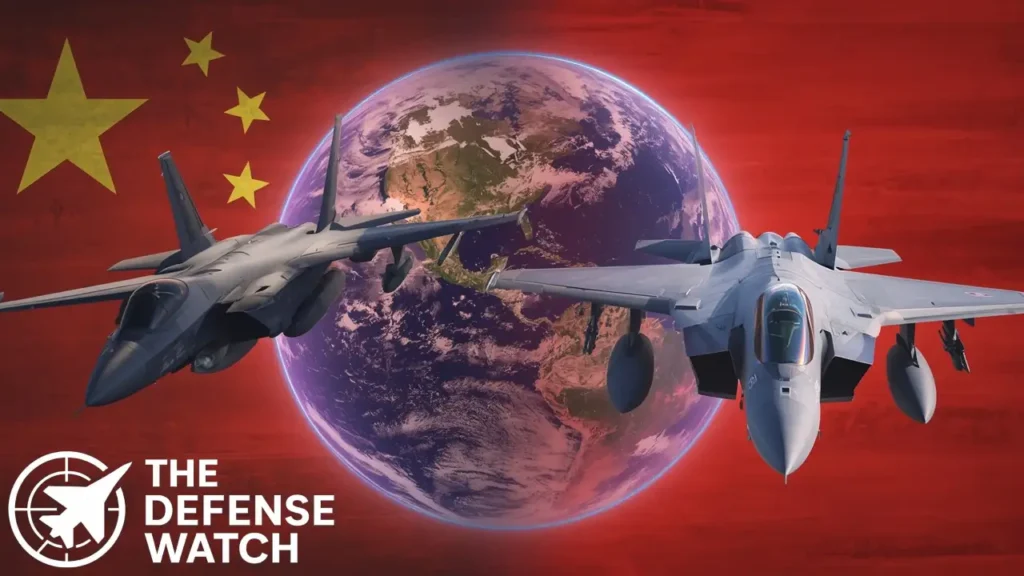NATO vs China-Russia: Strategic Rivalry in a Multipolar Age
In recent years, discussions about a “new Cold War” have proliferated — but the current dynamic between NATO and a rising China-Russia alignment is far more complex than a simple replay of the U.S.–Soviet standoff. At its core, the contest now centers on a blend of geopolitical influence, military posturing, economic interdependence, and technological competition. In this evolving context, the “NATO vs China-Russia” narrative captures a central axis of twenty-first century strategic rivalry.
Historical Foundations and the “No Limits” Declaration
The idea of a Sino-Russian bloc dates back before the 2022 Russian invasion of Ukraine, but the war accelerated perceptions of a deepening partnership. In February 2022, Vladimir Putin and Xi Jinping announced a “no limits” strategic partnership, signaling intent to strengthen cooperation across economics, diplomacy, and defense.
Yet, Beijing and Moscow stop short of a formal military alliance. Analysts note that much of the relationship is built on pragmatic alignment of interests rather than doctrine or treaty binding. That said, the degree of coordination on trade, supply chains, arms transfers, and intelligence sharing increasingly raises alarms in NATO capitals.

Russia as the Primary NATO Adversary
NATO’s official posture places Russia at the forefront of the alliance’s threat assessment. In NATO’s Strategic Concept and related documents, Russia is framed as “the most significant and direct threat” to Euro-Atlantic security. Since Russia’s full-scale invasion of Ukraine in 2022, NATO has ramped up deterrence and defense posture across its eastern flank.
Russia counters not only with conventional force, but hybrid tools — cyber operations, disinformation campaigns, coercive diplomacy, gray zone incursions — all aimed at fracturing alliance cohesion.
Areas of Strategic Competition
Military & Technological Rivalry
China and Russia are both investing heavily in high-end military capabilities: hypersonic weapons, space systems, drones, and cyberwarfare. For NATO, staying ahead in defense technology is critical. But even among allies, debates persist about procurement speed, industrial capacity, and interoperability.
NATO commanders warn that the pace of innovation is not fast enough to counter the combined challenge posed by adversaries. The new domains of warfare — autonomous systems, space, electronic warfare — will likely decide the trajectory of the confrontation.
Economic Leverage & Supply Chains
Unlike the rigid blocs of the Cold War, today’s powers are deeply interlinked economically. Russia depends heavily on Chinese imports; China absorbs Russian resources. Yet this dependency is asymmetric. China holds more leverage, particularly in critical technologies, trade, and manufacturing.
Meanwhile, NATO and its members are working to decouple where necessary — reshoring critical supplies, diversifying partners, and reducing strategic vulnerabilities.
Diplomatic & Institutional Contest
At the diplomatic level, China and Russia push for a new system less centered on U.S.-led institutions. They aim to reshape norms on sovereignty, cybersecurity, and economic governance.
NATO counters through alliance diplomacy, engagement with the Indo-Pacific, strengthening ties with Asia-Pacific democracies, and reinforcing the idea of a “rules-based order” as central to collective security.
So, Is This a New Cold War?
While many analysts use the “new Cold War” label, the analogy has limits. The original Cold War was built on bipolar rivalry, ideological confrontation, nuclear standoffs, and rigid blocs. Today’s global system is multipolar, highly connected, and dynamic.
The China-Russia relationship is not a mirror of the Soviet bloc: it is looser, more transactional, and vulnerable to strains. The “NATO vs China-Russia” framing captures only one dimension of global friction — it does not account for rising powers like India, ASEAN, or states that oscillate between blocs.

That said, the present rivalry does resemble a Cold War in some respects: persistent competition across domains, constrained direct conflict, and ideological undertones regarding international order.
Strategic Implications & Outlook
- Alliance Unity Will Be Tested — NATO must manage internal divisions, burden-sharing, and divergent threat perceptions among members.
- Escalation Risks Are Real — With multiple flashpoints — Ukraine, Taiwan, the Baltics — miscalculations could trigger regional wars.
- Technological Race Becomes Central — Whoever dominates AI, space, quantum, unmanned systems holds strategic advantage.
- Alternative Partners Matter — Countries in Africa, Latin America, and Asia may become battlegrounds for influence between NATO and the Sino-Russian axis.
The global order is tilting into an era of sustained great power competition. But it is not a replay — it’s a more complex, interconnected, and multidimensional rivalry. NATO’s challenge is to adapt its strategies and posture to a world where the lines between war and peace, alliance and autonomy, are increasingly fluid.
FAQs
No. Their relationship is a strategic partnership with coordination rather than a treaty-bound alliance.
NATO’s core focus remains Russia in the Euro-Atlantic theater, but in recent summits it has acknowledged
Direct conflict remains unlikely in the near term, but proxy wars, regional confrontations, and flashpoint escalation (e.g. in Ukraine, Taiwan) pose real risks.
Many states aim to hedge — not fully align with either side — making them critical pivots in the great power competition.
By investing in innovation, reinforcing alliance cohesion, expanding geopolitical partnerships (e.g. Indo-Pacific ties), and shoring up strategic resilience across domains.
Source 1 | Source 2 | Source 3 | Source 4

